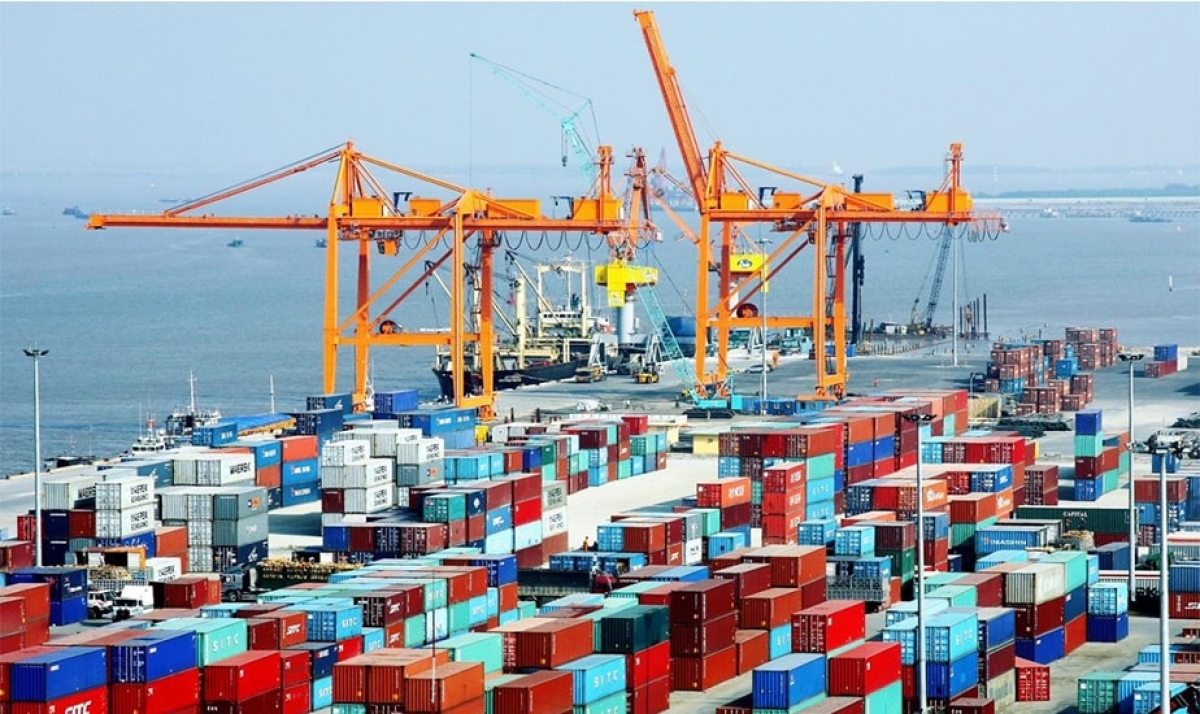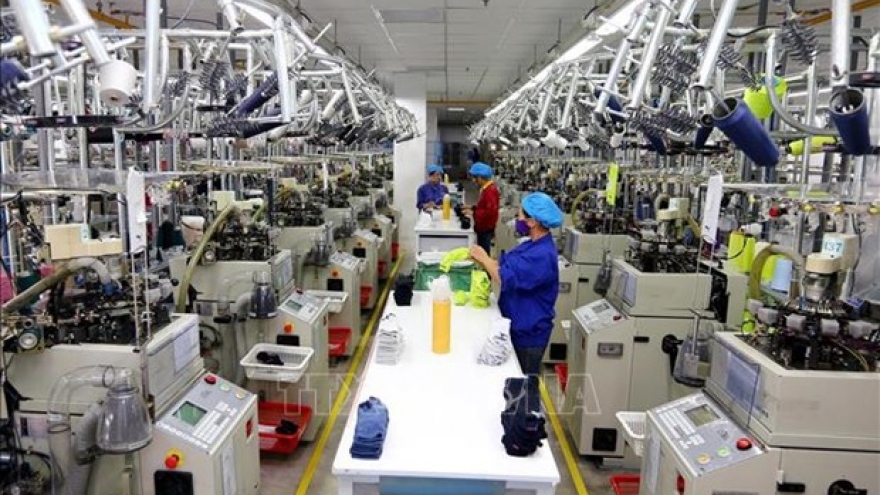Vietnamese trade turnover likely to hit US$645 billion this year
VOV.VN - Vietnam’s total import-export turnover is anticipated to reach between US$640 billion and US$645 billion this year with the country set to enjoy a trade surplus, according to the Ministry of Industry and Trade.
These achievements can primarily be attributed to the great efforts made by numerous enterprises which have overcome challenges caused by COVID-19 in order to both maintain and restore production activities.
Most notably, a number of major industries such as garments and textiles, as well as leather and footwear, have fulfilled their targets ahead of schedule, despite being negatively impacted by the pandemic.
The Ministry pointed out that industries will be able to regain the growth momentum from now until the end of the year, potentially reaching the same level as before the pandemic.
Furthermore, traditional sectors which boast export strengths such as phones, electronics, machinery and components are projected to achieve export growth of between 15% and 25% this year.
Experts have also stated that new-generation Free Trade Agreements (FTAs) such as the Comprehensive and Progressive Agreement for Trans-Pacific Partnership (CPTPP) and the Vietnam-EU Trade Agreement (EVFTA) have added fresh impetus to the country’s export activities.
For example, Vietnamese exports to Canada, Mexico, and Peru have enjoyed an annual growth rate of between 25% and 30% thanks to the CPTPP.
With regard to the EVFTA, the rate of taking advantage of the various incentives from the trade pact through the issuance of certificates of origin (C/O) form EUR1 have also reached approximately 20%.
Moreover, several export items to the EU now enjoy low tariff as a result of the incentives from the General System of Preferences (GSP), which has allowed some businesses to go through the process without the need to apply for the C/O EUR1 form.
This is along with enterprises being allowed to conduct self-certification of origin for export shipments worth less than EUR6,000 to the EU market.
However, according to economists, a number of challenges faced by enterprises, including a shortage of workforce and high logistics costs, which have made businesses not restore their production capacity.
Furthermore, unsynchronized anti-pandemic measures at localities under the Government’s new regulation on safe living and flexible adaptation to the pandemic have affected trust of both businesses and investors.




